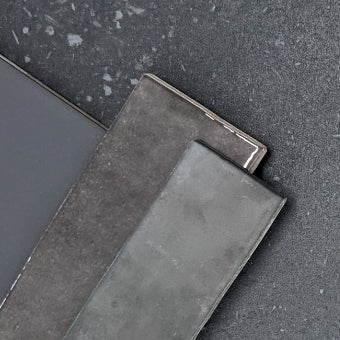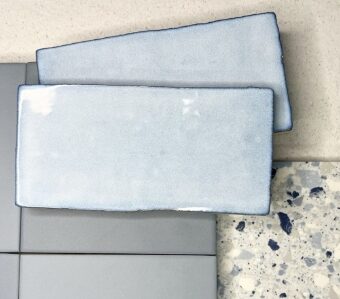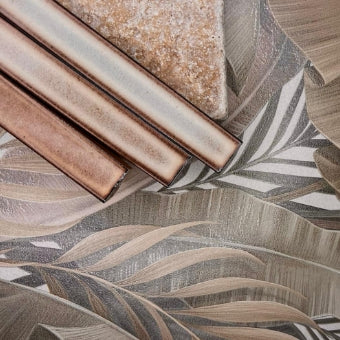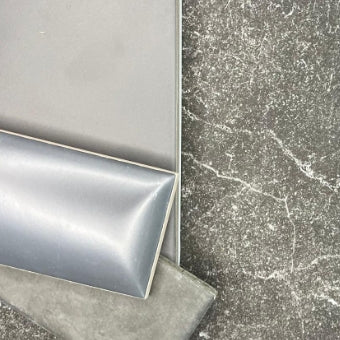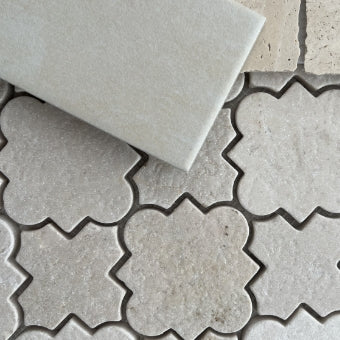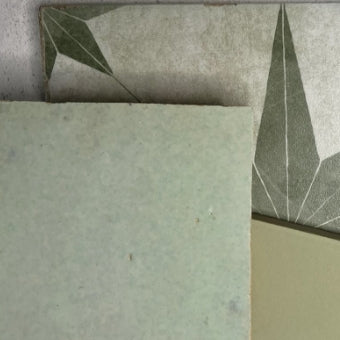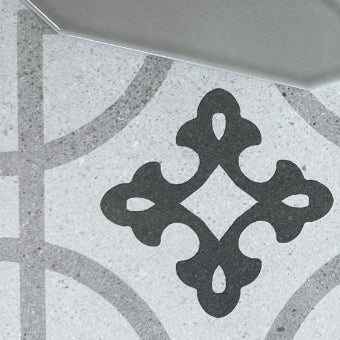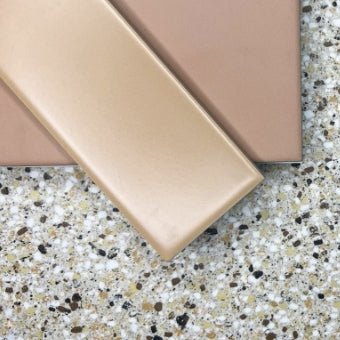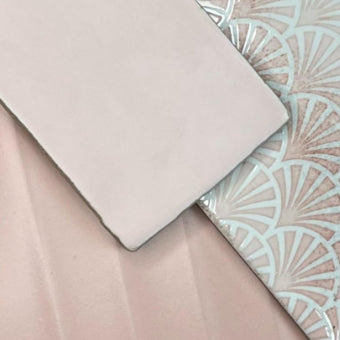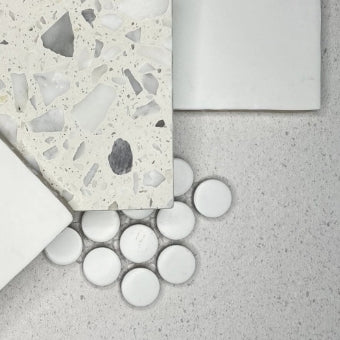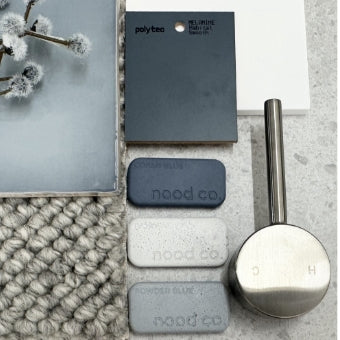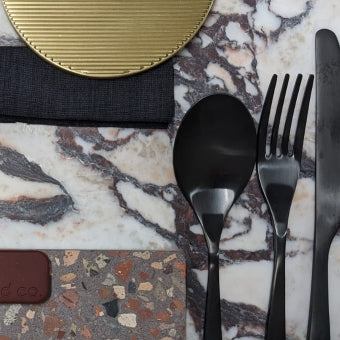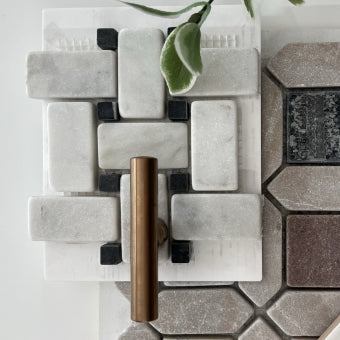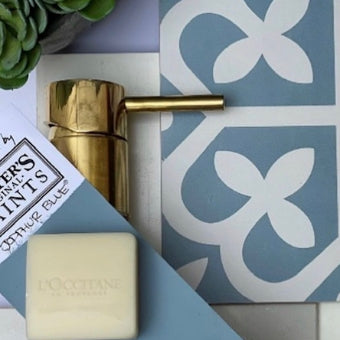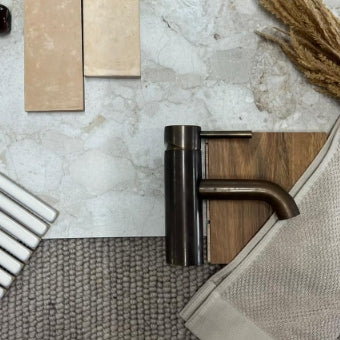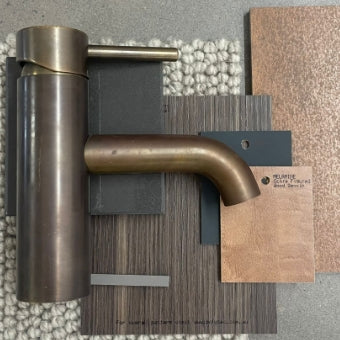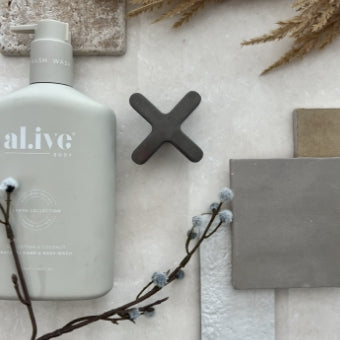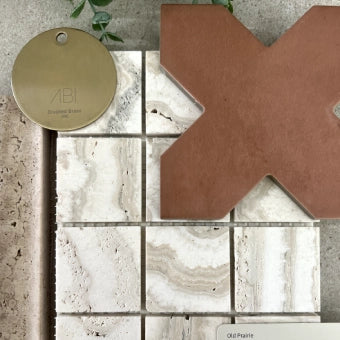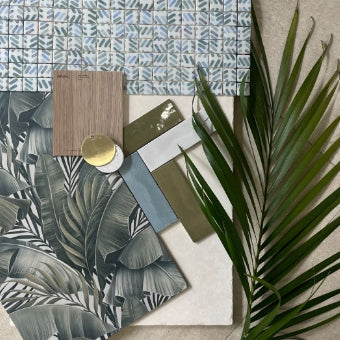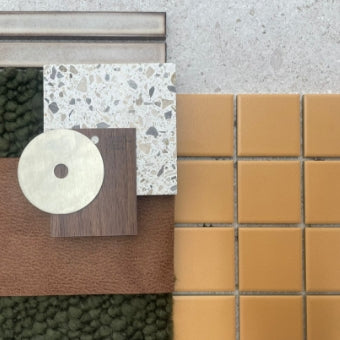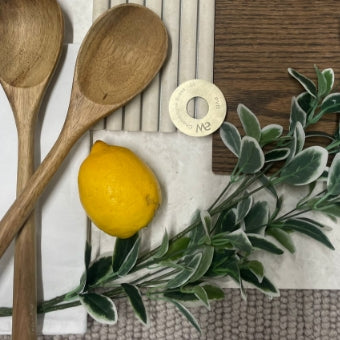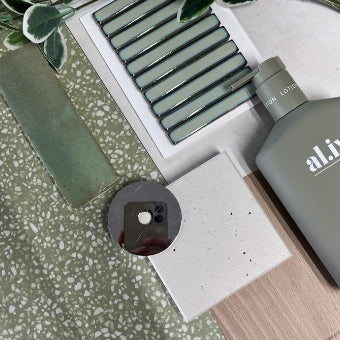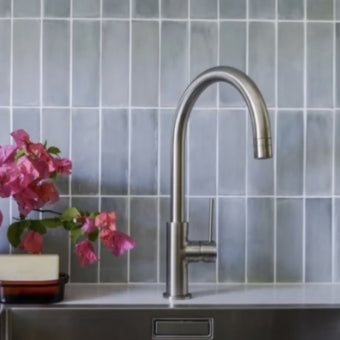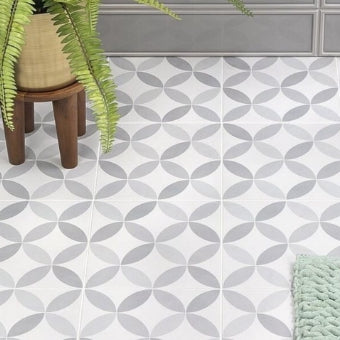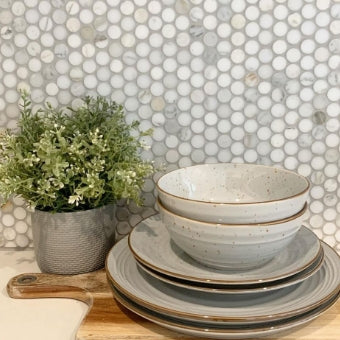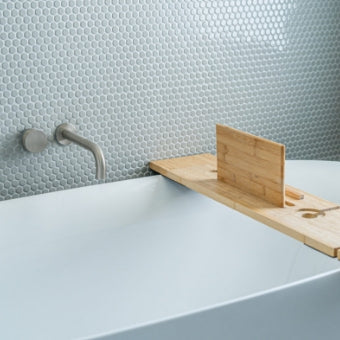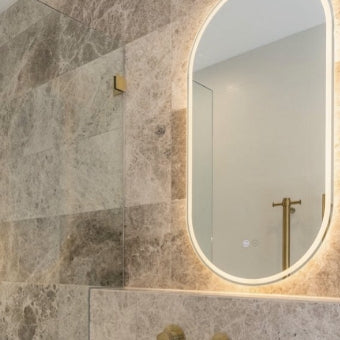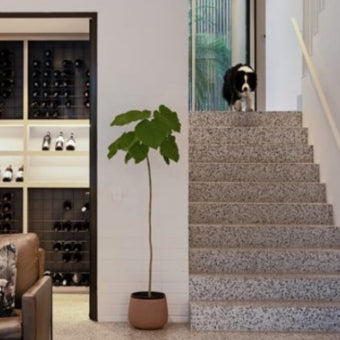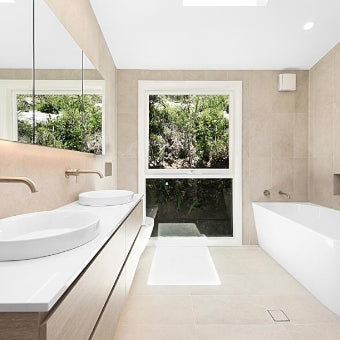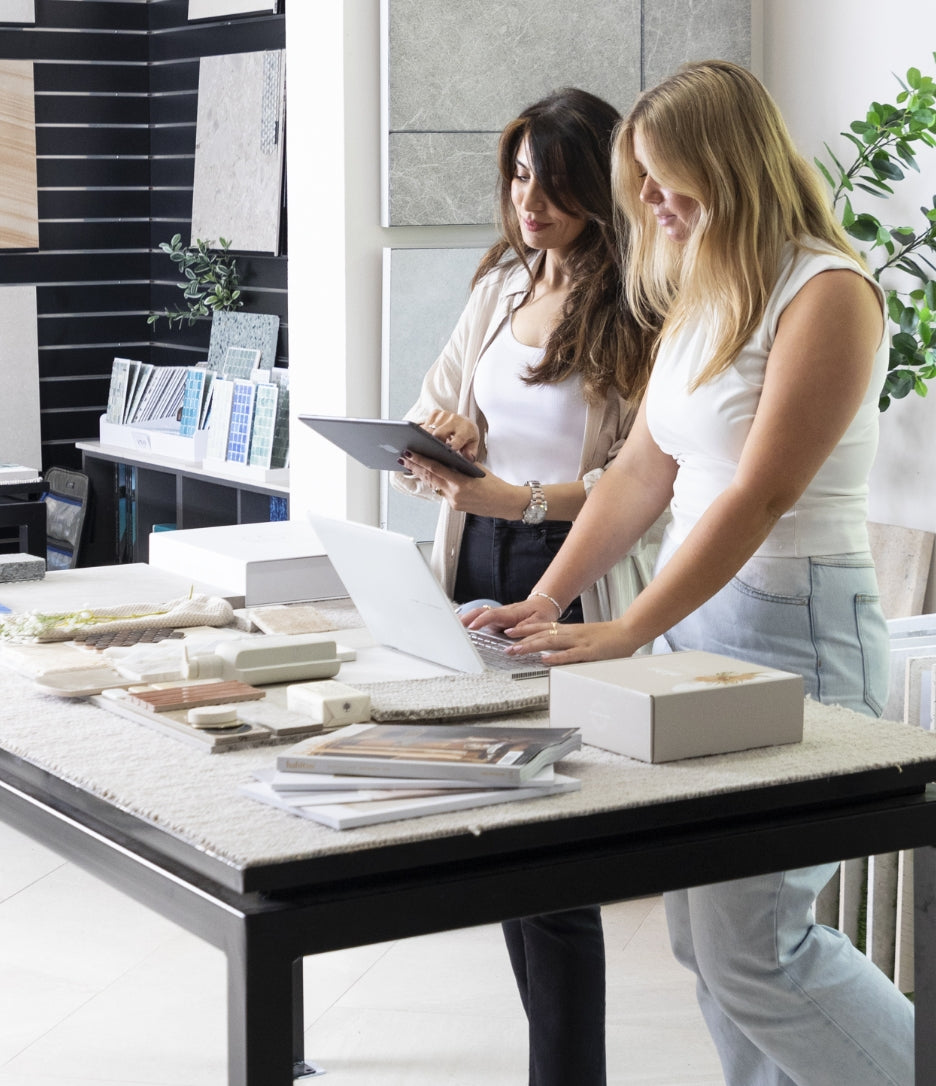A Guide For Understanding Waterproofing Solutions For Bathroom Tiles.
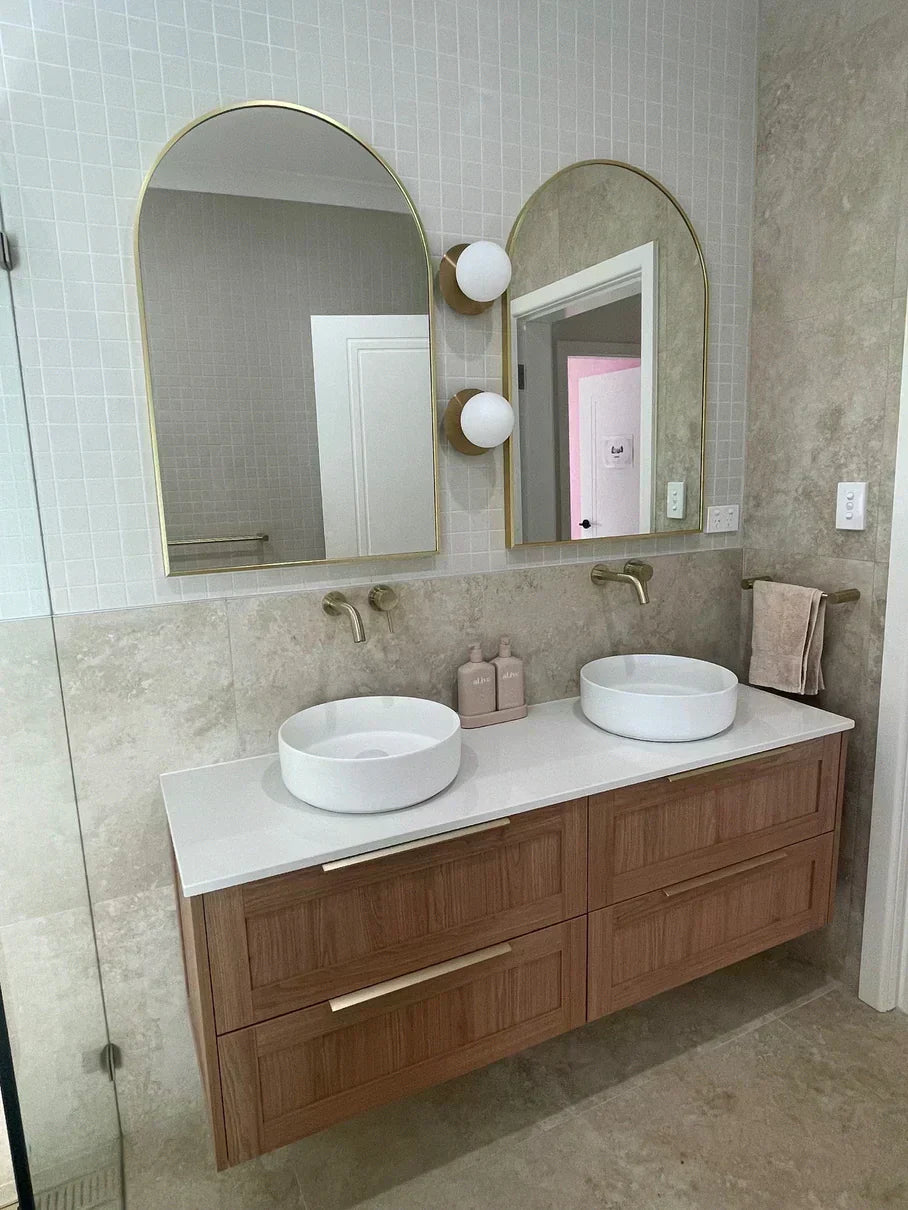

Introduction
A well- designed bathroom not only looks great but also stands the test of time. One of the most critical aspects of ensuring your bathroom remains beautiful and functional lies within the crucial step of proper waterproofing. Without it, you will face issues that are costly and damaging to your places in your home. The main issue of not implementing proper waterproofing in your tiles is the ability for moisture to seep through the tiles gaps. This interaction of moisture to your tiles will lead to mold, mildew and structural damage. Not only are these costly to fix, the mold and mildew is not healthy to be breathing in daily.
This blog goes into in-depth discussion about waterproofing techniques, product recommendations and installation tips to ensure you can create a durable, water resistant bathroom which will protect not only the structural integrity of your tiles, but protect you from unnecessary costs!
Why Is Waterproofing Considered Essential?
Your bathroom is a place in your home that is constantly exposed to high levels of moisture and humidity. This high level of exposure makes your bathroom more vulnerable to water damage. Therefore waterproofing is classified as essential as it is the measure that should be taken to prevent water from penetrating the tiles and the underlying structure. This waterproofing is essential in protecting your home from costly repairs and health hazards associated with mold and mildew.
The Techniques Behind Waterproofing.
Surface preparation
Adequate surface preparation is the foundation of effective waterproofing. It is critical to ensure that the substrate, meaning the surface beneath the tiles is clean, dry and completely free from any contaminants. This process of preparation may require you to clean, sand and patch any cracks or holes. This can be considered inconvenient but it is critical in ensuring adequate waterproofing.
Waterproof membranes
Waterproof membranes are just like the ones surrounding our brains, they are essential in creating a barrier that prevents water from reaching the substrate and damaging the structural integrity of your tiles. There are two main membrane;
The sheet membranes are pre-formed sheets that are applied to a surface using an adhesive. They provide a universal thickness and are excellent for large, flat areas.
Liquid membranes are applied as a liquid and then dry to form a flexible, seamless barrier. They are ideal for irregular shapes and corners
What Products Are We Recommending?
Redgard waterproofing and crack prevention membrane
Redgard is an increasingly popular liquid waterproofing membrane that provides a reliable crack prevention and water resistance. It is easy to apply and dries quickly. The easy application and quick dry application highlights it as a favourite among DIY enthusiasts and professionals.
Schluter-KERDI waterproofing membrane
Schluter-KERDI is a sheet membrane that is widely recognized for its reliability and ease of use. Its design is specified for use in showers and wet areas, providing a durable waterproof barrier that is one method of preventing your bathroom from being exposed to water and humidity.
Sealants and caulks
Sealants and caulks are your right hand men when it comes to protecting your vulnerable spaces from water damage. These products are used to seal joints, gaps and seams where tiles meet other surfaces such as walls, floors and fixtures. These products protect those small gaps that we may forget about from any form of humidity and moisture that may seep through. Silicone based sealants are particularly effective due to their flexibility and resistance to external factors such as mould and mildew
Waterproof backer boards
Waterproof backers boards can be installed behind tiles and this ultimately provides an additional layer of protection. These boards are specifically designed to resist moisture and provide a stable base for tile installation.
So we've been through why waterproofing is essential and the products that are best, but how do we actually install these techniques?
Installation Tips
Following manufacturer instructions
This may seem obvious, but it's important to reiterate how important this tip really is. Always follow the manufacturer's instructions for waterproofing products that you decide to use. This ensures that you apply the product correctly and achieve the best possible results. Read the warnings and re-read the steps.
Overlap membranes
When using sheet membranes ensure that the edges overlap by at least 2-3 inches to prevent any gaps where water could potentially penetrate through.
Apply multiple coats
For liquid membranes apply multiple coats as recommended by the manufacturer. This typically involves applying the first coat, allowing it to dry, and then applying a second coat for maximum protection.
Use quality sealants
Invest in high-quality silicone based sealants for sealing those small joints and seams that are easy for moisture and humidity to escape through when we are least expecting it. Cheap sealants although price appealing may fail over time. This will result in water infiltration and damage which ultimately equals, costs, costs, costs.
Test your work.
Its easy to trust your own work, however it is important that after completing the waterproofing process it's a good idea to perform a water test. This involves flooding the area with water and checking for any leaks. Although the idea may not seem generally appealing it is important as it will allow you to catch and fix any immediate issues in the early stages. By doing this you save yourself a lot of potential trouble in the future and therefore save yourself from more costs
Conclusion
In conclusion, waterproofing is critical in maintaining the beauty and functionality of your bathroom tiles. Following these techniques, using high quality products and researching further can ensure that your bathroom remains a water-resistant sanctuary for years to come. Whether you consider yourself a DIY enthusiast or a professional, investing time and money into an effective waterproofing solution is always a wise decision. Happy tiling!
Keep Reading
Previous Blog
Top tile choices for curved walls and surfaces.
Introduction Curved walls and surfaces bring a unique elegance to interior and exterior spaces. Whether you're creating a curved shower, accent wall, or curved kitchen island, tiling these...
Next Blog
Prepare Floors And Walls For Tiling.
Tiling can transform any space, offering both style and durability. However, getting those beautiful tiles to stick and last requires meticulous preparation. Whether you're tackling walls, floors, or...
- Choosing a selection results in a full page refresh.
 +61 (0) 2 9949 5354
+61 (0) 2 9949 5354
 516 Sydney Road, Seaforth NSW
516 Sydney Road, Seaforth NSW
 Free Design Appointment
Free Design Appointment


